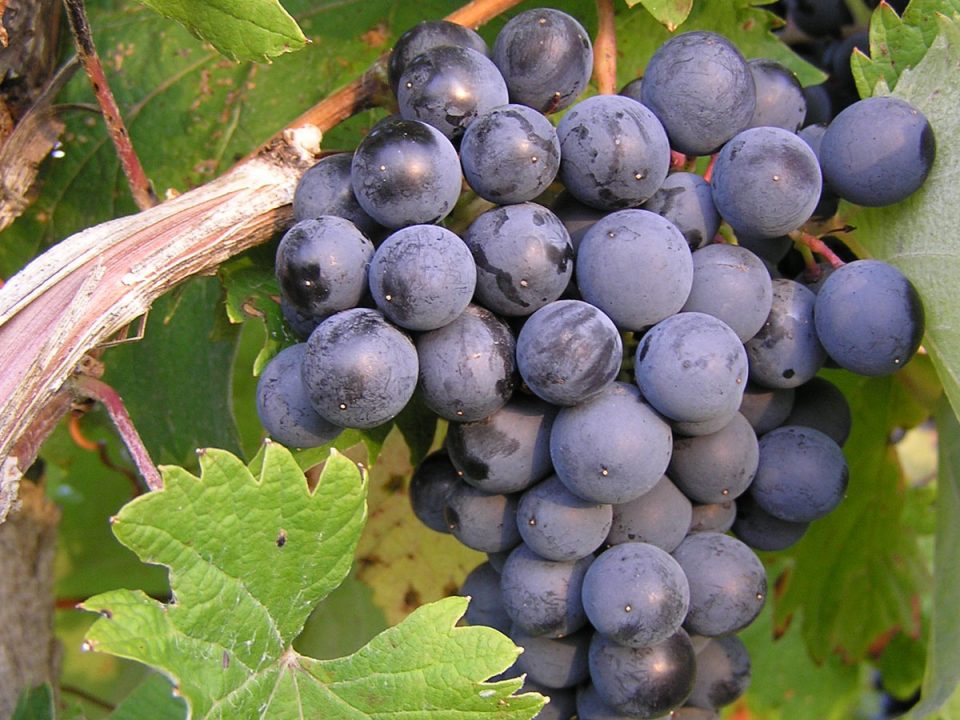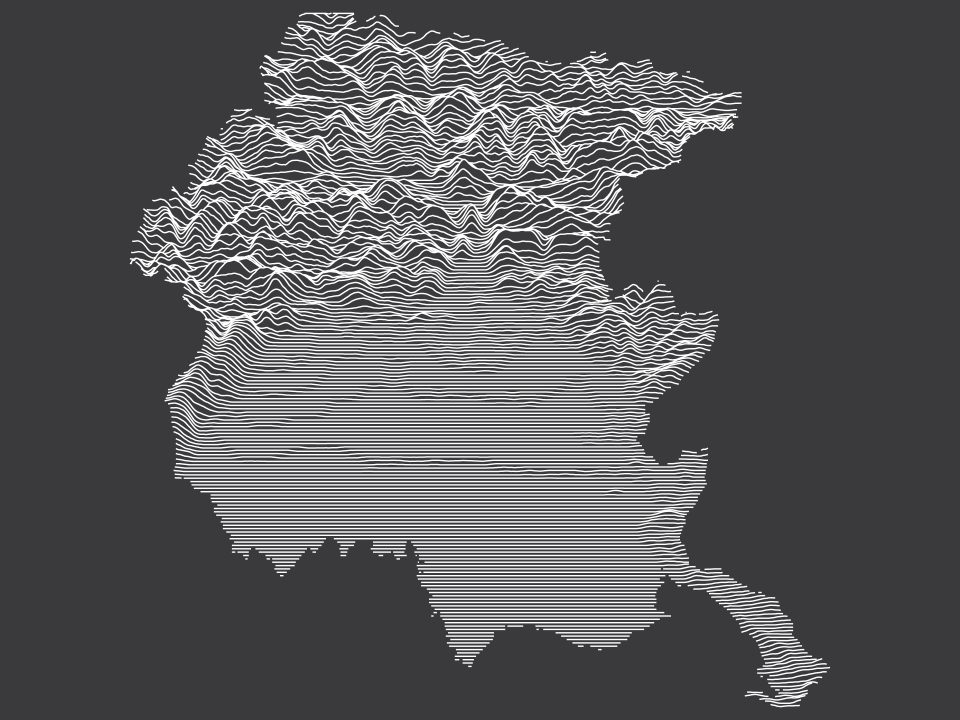
The Terroir of Friuli-Venezia Giulia
Friuli-Venezia Guilia rests in the northestern corner of Italy. It shares its border with the Adriatic Sea, Slovenia, Austria, and Veneto.
The provinces of Friuli include Trieste (the region’s capital), Gorizia, Pordenone, and Udine. The contrasting sky-high snow-capped mountains, rocky plateaus, and tranquil lagoons fit right in with the complex, diverse culture and history of this intriguing corner of Italy.
Friulian culture, prosperity and wine culture have been directly impacted by each of the region's custodians .
For two thousand years, Friuli-Venezia Giulia has been under the control of the Romans, Goths, Lombards, Huns, Venetians, French, Austrians, Yugoslavs, and the Italians. The region's capital, Trieste, was not officially a part of Italy until 1977.

Lago di Ragogna, San Daniele del Friuli
Trieste the City of Sails
Trieste, often referred to as the city of sails, has endured the ravages of war, yet it has emerged as a vibrant hub of trade and culture. The Friuli-Venezia Giulia region, with its tumultuous history, has undergone significant transformations that have helped elevate its diverse wine culture to international recognition. While Tuscany and Piedmont are celebrated for their renowned red wines, Friuli-Venezia Giulia surprises visitors with its exceptional white wines, which are often overlooked but are truly world-class. The region's unique terroir, influenced by its proximity to the Adriatic Sea and the Julian Alps, contributes to the distinct flavors and characteristics of its wines.
The shifting borders of Friuli-Venezia Giulia have also played a crucial role in shaping its wine identity. Historically, the region has been a melting pot of cultures, with influences from Italy, Slovenia, and Austria. This blend of traditions is reflected in the local winemaking practices, resulting in a rich tapestry of flavors and styles. Among these, orange wine has gained particular acclaim, showcasing a unique method of fermentation that involves extended skin contact. This ancient technique, revived in recent years, produces wines with a distinctive color and complex flavor profile, appealing to adventurous wine enthusiasts. As the region continues to evolve, the interplay of its historical context and innovative winemaking is sure to captivate those who seek to explore its hidden gems.

Devils Bridge, Cividale del Friuli

Trieste, Sistiana Sailing Week
Aquileia: All Roads Lead to Rome
Aquileia, once a thriving Roman city, stands as a testament to the rich history and cultural heritage of the Friuli-Venezia Giulia region. Founded in 181 B.C., it was a crucial hub for trade and military operations, strategically located near the confluence of the Natisone and Isonzo rivers. It was from here that the founders of Venice fled to escape Attila the hun. Today, the archaeological site of Aquileia is a UNESCO World Heritage Site, attracting visitors with its well-preserved ruins, including ancient mosaics, a basilica, and remnants of Roman architecture. The historical significance of Aquileia extends beyond its ruins; it has also influenced the local wine culture, as the fertile lands surrounding the area have been cultivated for centuries, producing grapes that contribute to the region's diverse wine offerings.
Low Intervention Wine is just...... Wine
In recent years, the Friuli-Venezia Giulia region has gained recognition for its low intervention winemakers, who prioritise natural processes and minimal interference in the winemaking journey. Among the most celebrated figures in this movement are producers like Josko Gravner and Stanko Radikon, who have pioneered the use of traditional methods, such as extended skin contact and spontaneous fermentation. Their commitment to organic and biodynamic practices not only enhances the expression of the terroir but also results in wines that are authentic and reflective of their environment. These winemakers have garnered a loyal following, as wine enthusiasts seek out their unique, character-driven bottles that showcase the true essence of Friuli-Venezia Giulia's diverse landscape. As the low intervention movement continues to flourish, it highlights the region's dedication to sustainability and the preservation of its winemaking heritage.





